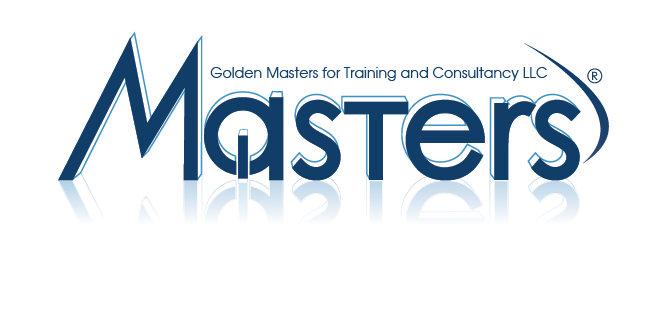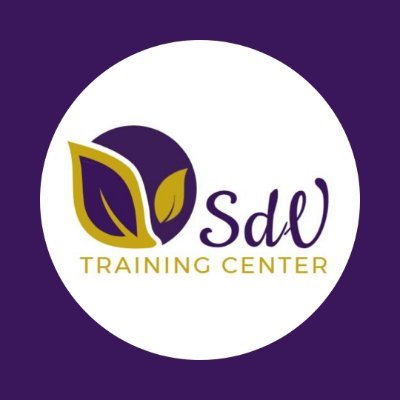Store Keeping and stock control management is an intensive five day course, for those who want to understand and implement the essential tools for managing warehousing and stores and stock control.
Participants are shown how to evaluate procedures and make needed changes to methods to improve customer service whilst achieving resource reductions; eliminate wasteful costs; avoid internal problems that limit performance; obtain added value for money.
Course Objective:
- How to analyze stock
- How to make productivity improvements
- How to select and maintain equipment
- How to conduct safe operations
- A framework for continual improvement
- Best in class practices
- Inventory forecasting and demand management
- Determining optimal inventory levels, order quantities and reorder points
- Using inventory management techniques
- Distribution centre and warehousing operations
Course Certificate:
Masters Consultant certificate will be issued to all attendees completing minimum of 75% of the total tuition hours of the course.
Course Outline:
Day one:
The Role of the Store Keeping:
An introduction to why we need a Store Keeping, what functions do they cover, how do they fit into the supply chain including:
· The balance between sorting and storing
· 12 initial questions to ask about warehousing activity
Product Classification:
It is important to establish key characteristics of the products handled as this have implications for all the Store Keeping operations. Such characteristics include:
· Supply /demand variables
· ABC Analysis or the 80/20 rule
· Determining product handling groups
· Throughputs and product formats
· Just-in-Time (IT)
· Systems and Technologies
Day two
Layout options
In examining all the operations undertaken, the balance has to be found between maximizing space usage whilst minimizing the time taken to carry out the operations. This involves looking at:
· Receiving options
· Storage options
· Picking/assembly options
· Dispatching options
· Using the floor and the height space
· Organizing for flow
Methods and Equipment
Here we specifically look at the lifting, storing and moving equipment available for specific layout options, including:
· Store Keeping structures
· Loading bays
· Selecting fork lift trucks
· Selecting racking
· Implications for Store Keeping layouts
· Operational timings and planning
Day three
Health and Safety
Store Keeping are potentially dangerous areas in which to work, and an overview of the appropriate legalization will be looked at, including:
· Duty of care
· Inspections and risk assessments-task analysis
· Equipment maintenance and care
· Recognizing health and safety risks
· Raising peoples awareness
Security and Loss:
This session looks at minimizing internal and external theft, recognizing that, generally internal theft is the major problem. Preventative measures will be briefly discussed
Day four:
Productivity and Costs:
To make operations efficient and effective, then cost control and productivity need to be managed. This session will therefore look at:
· Fixed and variable cots
· Typical costs involved
· A model for understanding the roles of productivity, utilization, and performance
· Setting productivity and cost targets
· The importance of having measurements and key indications of performance
Service levels
As Store Keeping are a link in the total process of satisfying customers, this session will therefore look at:
· Internal and external customers
· The three key customer service measure
· Customer service sampling
· Effects of substandard service
· Minimizing errors
Stock Coding:
The method by which stock is coded is important in the overall management process, this session will examine:
· Different methods
· Understanding of all involved
· Checklists to help on deciding the best option
Day five:
Stock Recording:
This session looks at stock recording, a critical aspect of stock control and if done incorrectly is the source of many subsequent errors:
· Separation of powers
· Legal issues
· How do we get inaccuracies?
Stock Checking:
Much time can be spent on this activity, but there are methods to both minimize the time and at the same time increase checking accuracy. This session examines such aspects
· Roles and Responsibility
· Requirements
· Job Descriptions
· Authority levels
· Tolerances and approvals
· The program
· Options
· Reconciliations / discrepancies





